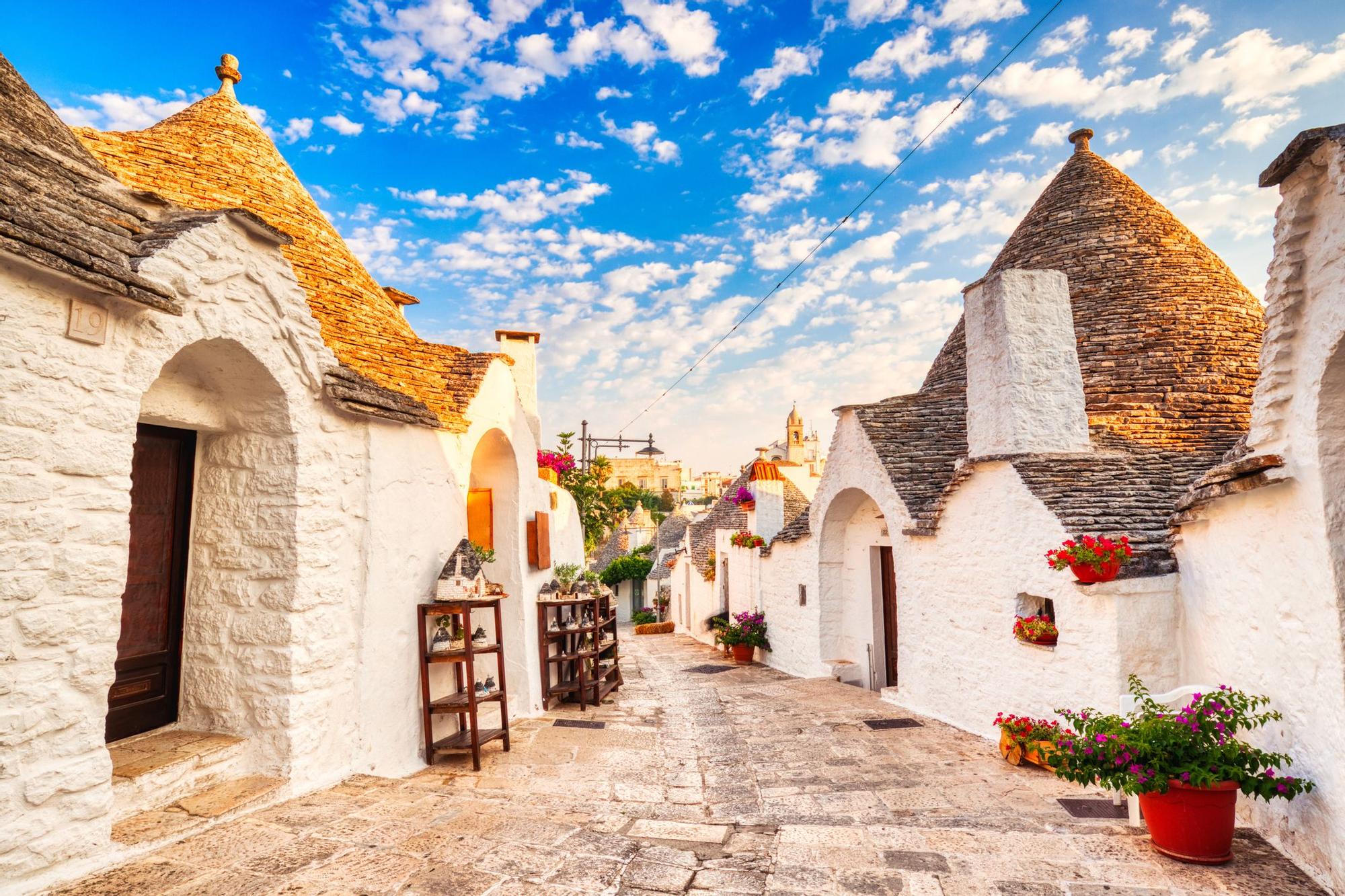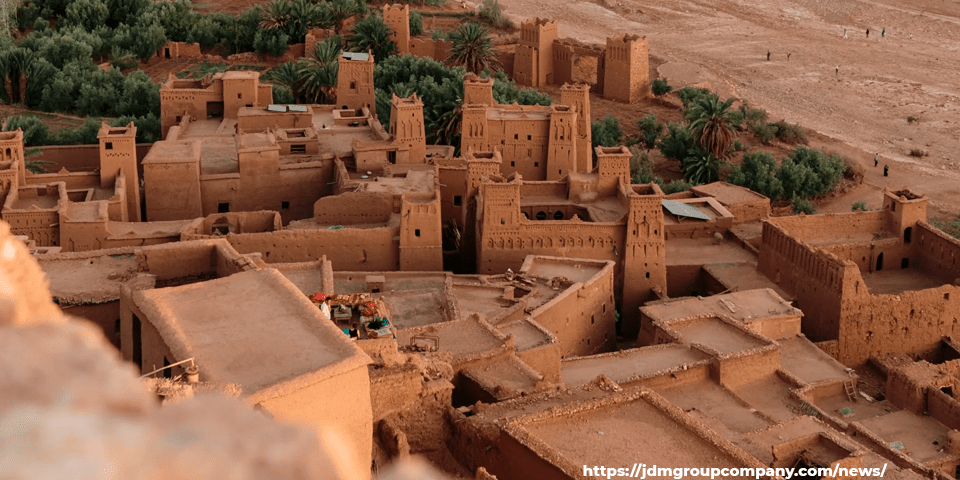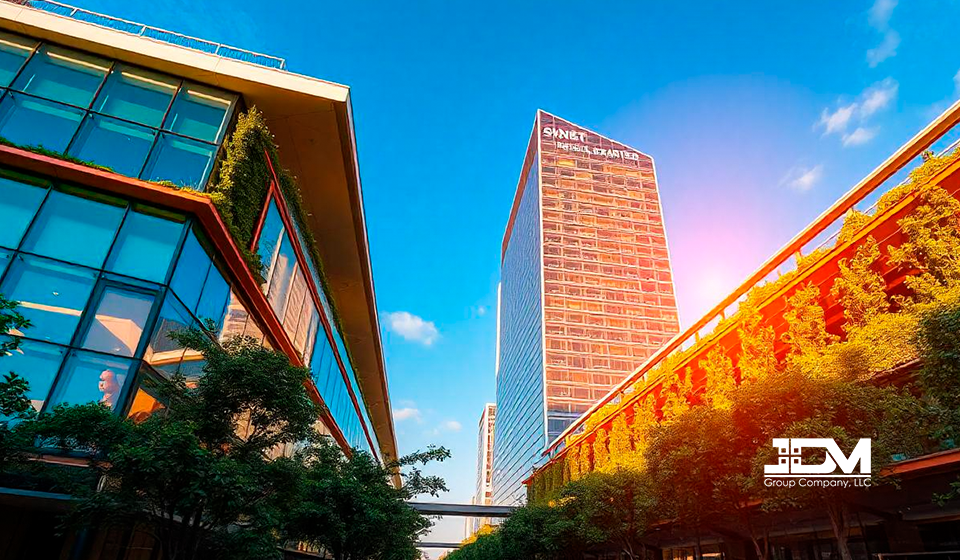Vernacular Architecture: Rooted in Earth and Tradition

The Impact of Technology on the Civil Engineering Industry
June 25, 2024
Trends in Construction and Civil Engineering – 2024
July 15, 2024Vernacular architecture, also known as folk or traditional architecture, is defined as a style of building that has developed over time in response to the climatic conditions, local materials, and cultural needs of a specific region. Unlike modern architecture, which is often characterized by its global and standardized approach, vernacular architecture is unique and specific to each place, reflecting the accumulated wisdom and experience of generations of local builders.
Characteristics
The main characteristics of vernacular architecture include:
-
Climate adaptation: Forms, materials, and construction techniques are adapted to the local climate to ensure comfort and energy efficiency. For example, in hot climates, houses may have thick walls and small windows to minimize heat gain, while in cold climates, houses may be designed to take advantage of solar energy and have fireplaces for heating.
-
Use of local materials: Vernacular architecture prioritizes the use of locally available building materials, such as wood, stone, adobe, or rammed earth. This reduces the environmental impact of construction and also supports the local economy.
-
Traditional construction techniques: Construction techniques are passed down from generation to generation and are based on local knowledge and experience. These techniques are often simple and efficient, and can be very effective in adapting to local climatic conditions.
-
Reflection of local culture: Vernacular architecture reflects the culture and traditions of the local community. Decorative elements and house designs may be inspired by the natural environment, religious beliefs, or social practices.
Examples
Vernacular architecture can be found all over the world, with examples varying widely depending on the region and culture. Some notable examples include:
-
The adobe houses of Morocco: These houses are made of rammed earth, a natural material that is cool in summer and warm in winter. The thick walls and small windows help regulate the indoor temperature.

- The trulli of Apulia, Italy: These dry-stone cones are characteristic of the Apulia region. Their unique shape helps to channel wind and rain, and the thick walls keep the houses cool in summer and warm in winter.

- The wooden houses of Norway: These traditional houses are made of stacked and notched logs. Wood is a good insulator, which helps to keep the houses warm in the cold Norwegian winter.

Importance
Vernacular architecture is important for several reasons:
-
Sustainability: Vernacular architecture is inherently sustainable, as it is based on the use of local materials and construction techniques that are energy efficient and environmentally friendly.
-
Cultural identity: Vernacular architecture is a tangible expression of local culture and traditions. It helps to create a sense of place and belonging for communities.
-
Tourism: Vernacular architecture can be an important tourist attraction, as it offers visitors a unique and authentic experience of local culture.
Conclusion
Vernacular architecture is a valuable heritage that should be preserved and celebrated. It is a reminder of the deep connection that exists between humans and their natural environment, and offers valuable lessons for modern sustainable architecture.



